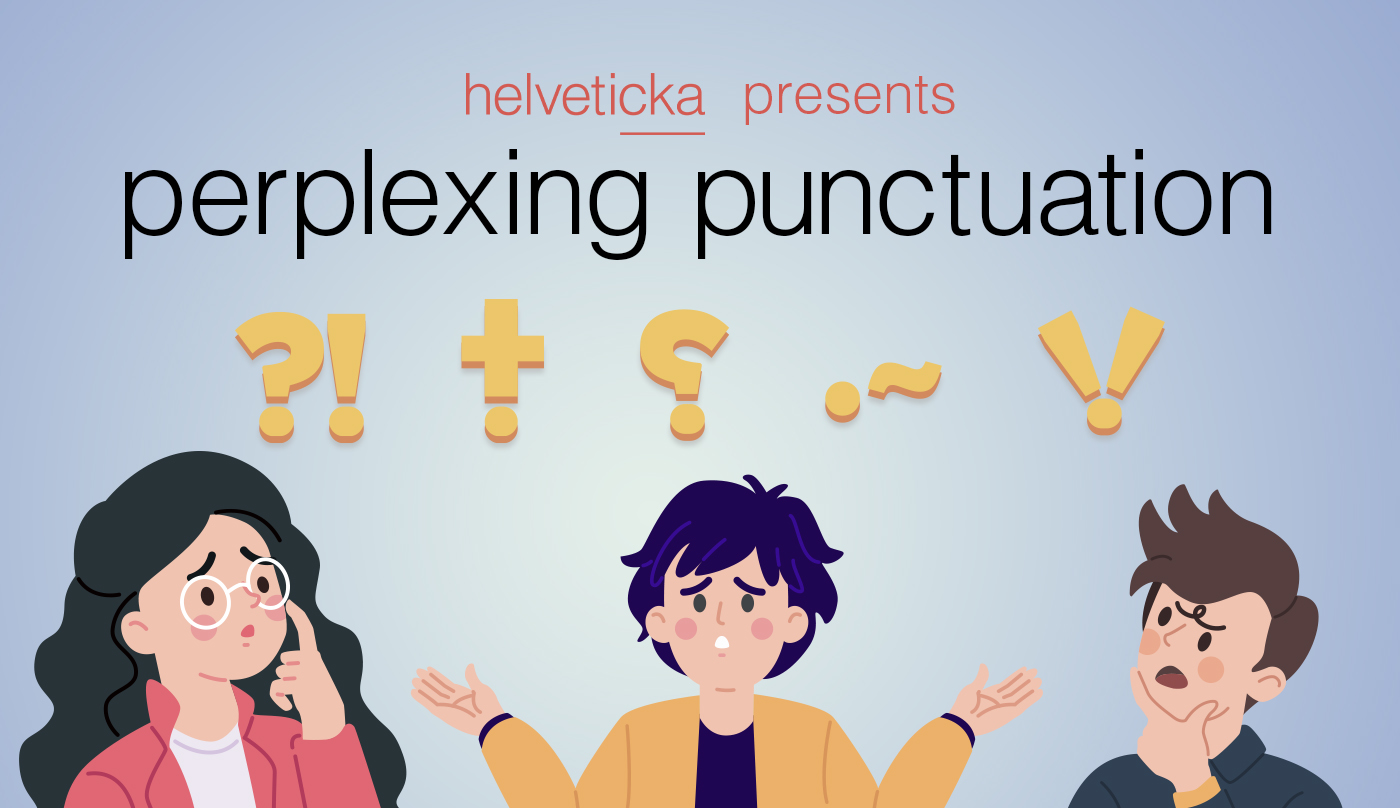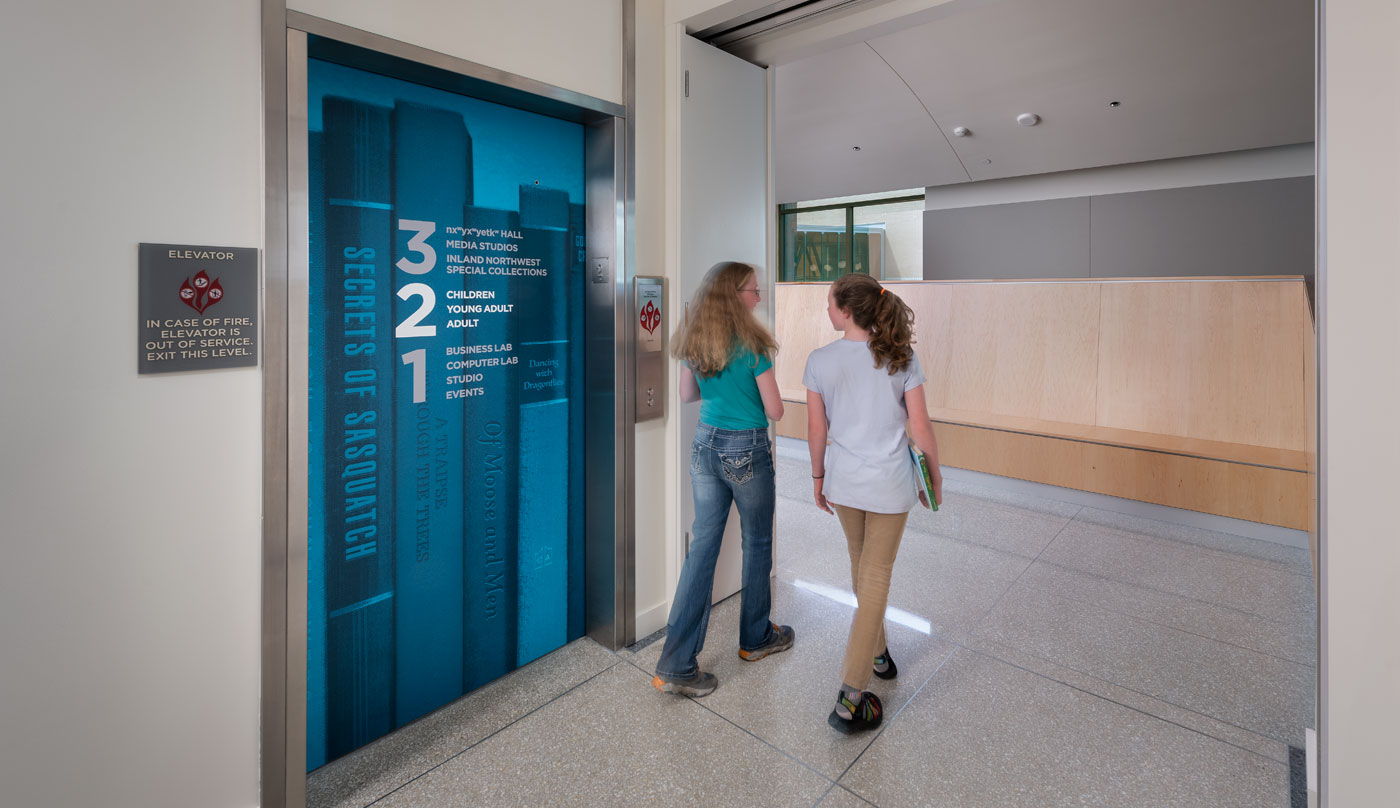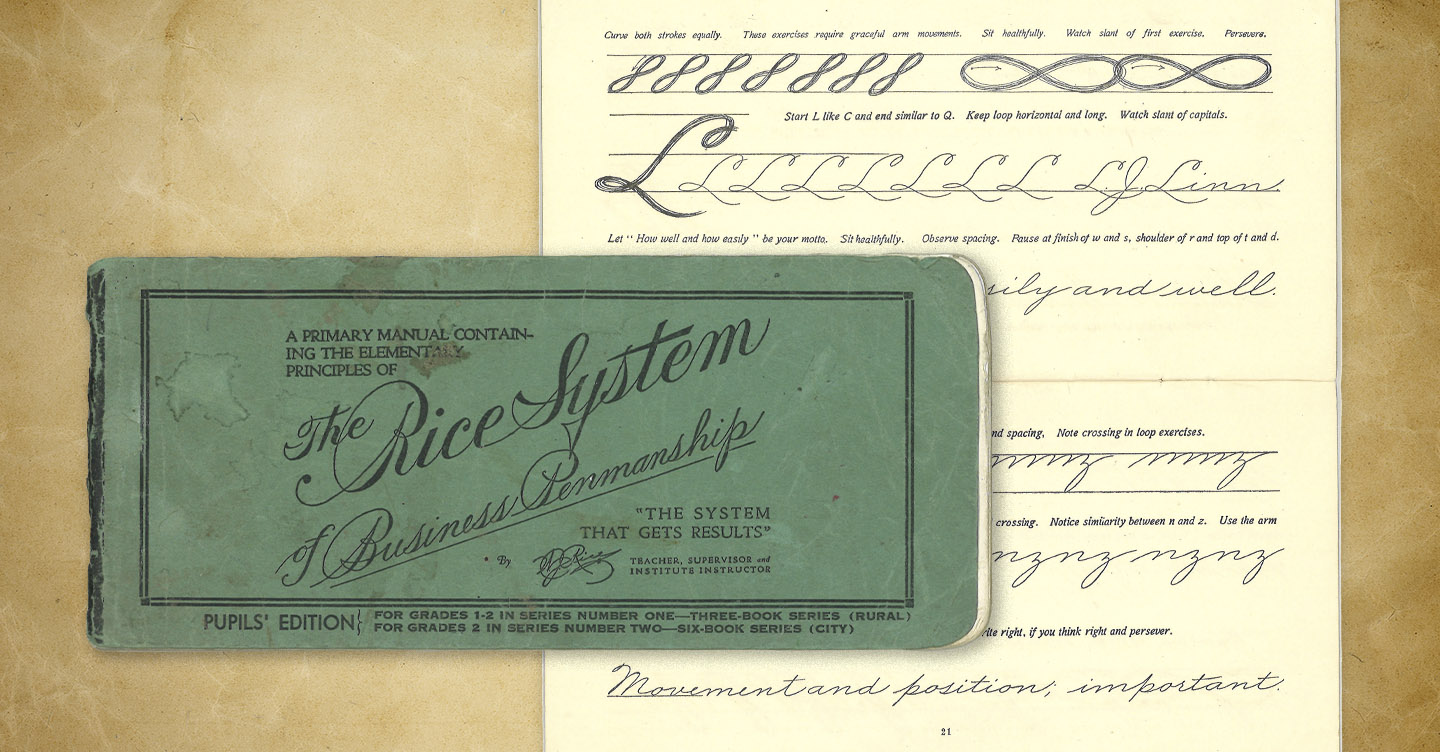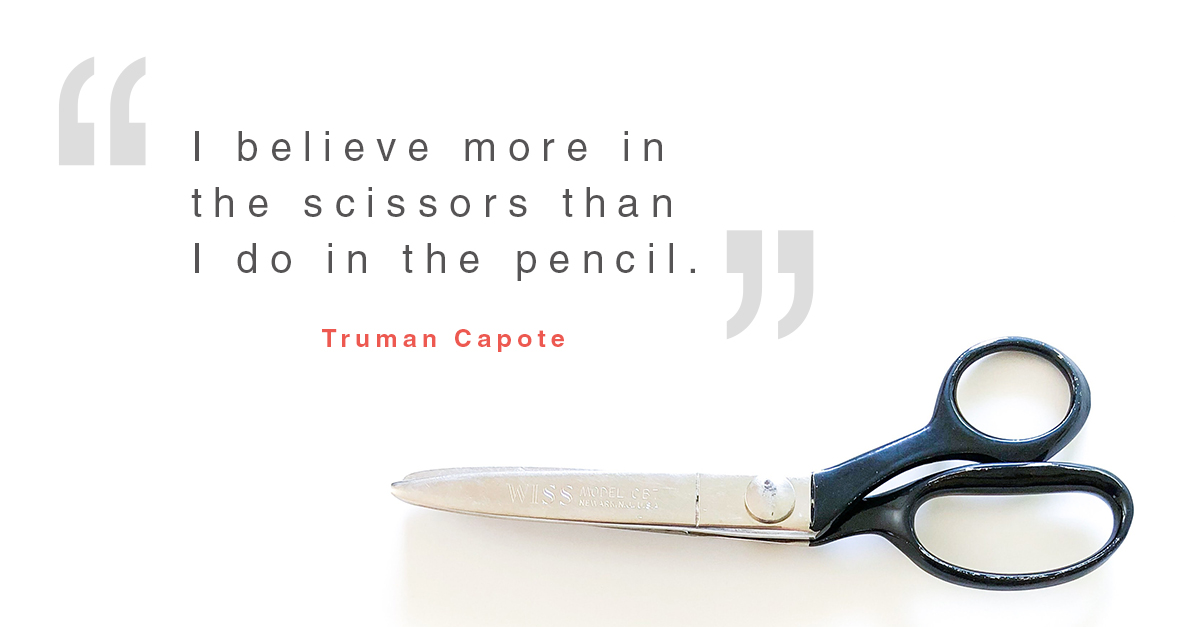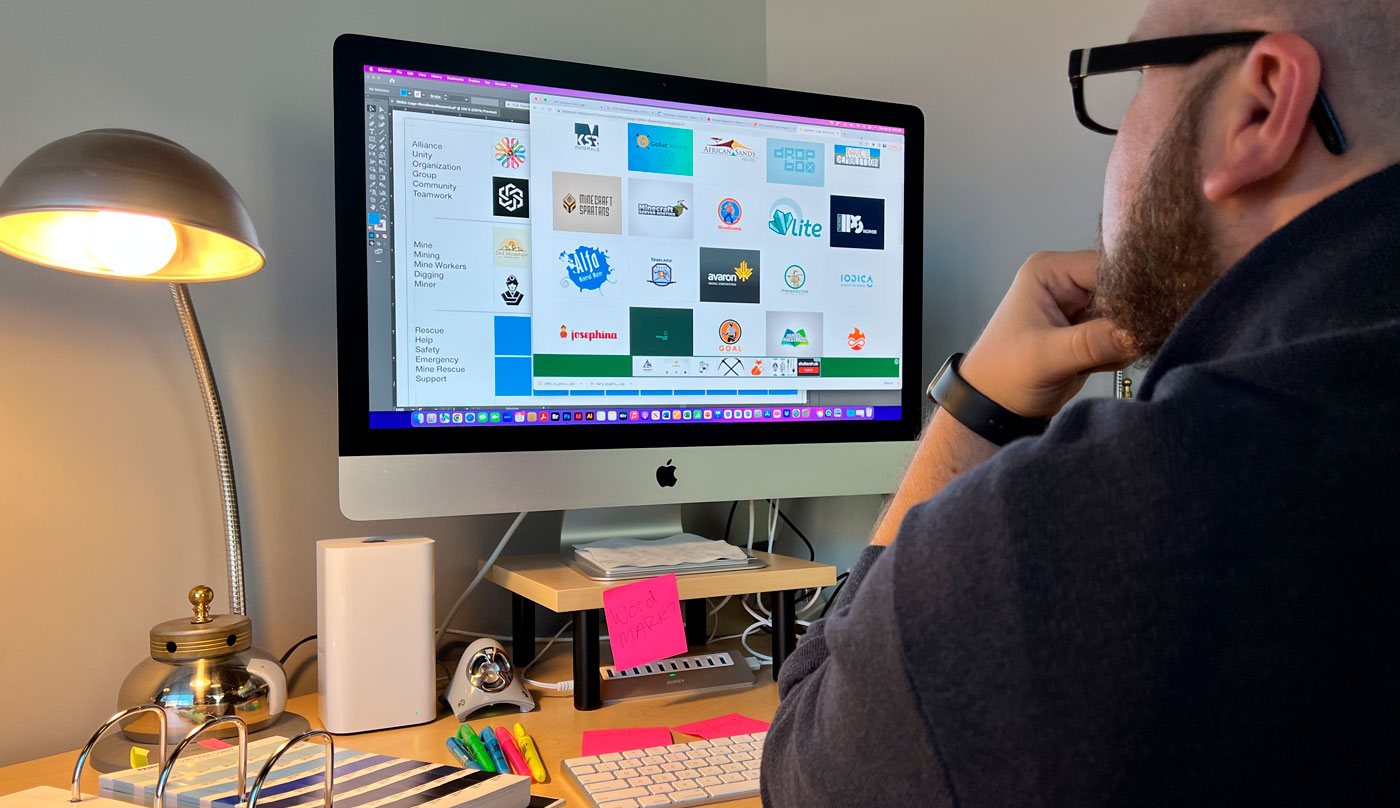Have you ever tried a dish that tasted nothing like its main ingredient?
It happened to me once at an expensive restaurant on the Seattle waterfront. I ordered halibut, my favorite seafood, and the pan-seared fillet came heavily topped with a spicy fruit salsa. Rather than enhance the delicate flavor of the fish, the bold spices and tangy sweetness overwhelmed it. I got a mouthful of heat and fruit, but I could hardly taste halibut at all.
It was a meal that disappointed my taste buds and my wallet, so I never returned to that restaurant.
Marketing communication often suffers the same fate. We try to season our messaging with so many clever and complex flavors that we obscure the main point. The result is communication that’s confusing, distracting, or even overwhelming – and that can cause an audience to tune out.
Recently, I saw an interview with Francis Ford Coppola, the renowned filmmaker. In it, he shared how each of his films is intentionally driven by a single theme or idea:
“I always try to have a word that is the core of what the movie is really about, in one word. For Godfather, the key word is succession. That’s what the movie is about. Apocalypse Now, morality. The Conversation, privacy.”
Coppola’s films are built around singular themes, yet the plots are still complex and engaging, and the characters are multi-dimensional. So, while simplicity may seem basic or even unsophisticated, it’s at the heart of great storytelling – and great communication.
A clear message starts and ends with a single, driving idea.
A couple summers ago, I ordered my favorite seafood yet again, this time at an unassuming restaurant along the wharf of Juneau, Alaska. The pan-seared halibut was cleanly flavored with an herb rub, one that enhanced the mild taste and freshness of the fish. It was the simplest halibut dish I’ve ever tasted.
And, frankly, it was the best one too.






